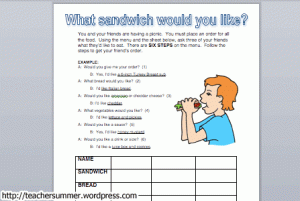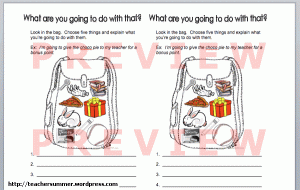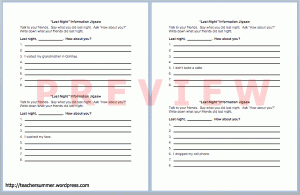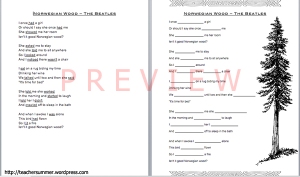One of the units we recently covered was about making offers, stating desires, and making requests using can/could/would. One of the contexts this vocabulary is commonly used in is ordering food at restaurants.
A few years ago, one of my Korean coteachers said that when he visited America, he and his fellow English learners ate mainly at Korean and Vietnamese restaurants. He said they were overwhelmed with the number of choices one was required to make at a typical American restaurant. This is understandable — here in Korea, I can walk into a restaurant, say two or three words, and have an entire meal with side dishes at my table in minutes. But think of a typical American-style restaurant — How would you like your steak cooked? Would you like it smothered with mushrooms and onions? What sides would you like? Would you like to load your baked potato with cheese and bacon for an extra $1.99? Would you like something to drink?
In this activity, I wanted to recreate the sort of decision making process my students would face in such a situation. I used the second page of this subway menu pdf to plan a worksheet for my students. On the worksheet is a sample conversation and a chart. Students can follow the sample conversation to take sandwich orders for three of their friends. The steps in the conversation correspond to the fields in the chart which in turn corresponds to the options on the subway menu!
Disclaimer: The clipart used on the worksheet was found via a google image search. If this image is yours, and you want it removed from the activity/this site, please contact me and let me know. This worksheet was made from scratch by me for use in my classes. Feel free to use it in your own classes, but please do not distribute this file/offer it for download/include it in any teaching packets, for profit or free, etc. Happy teaching!



